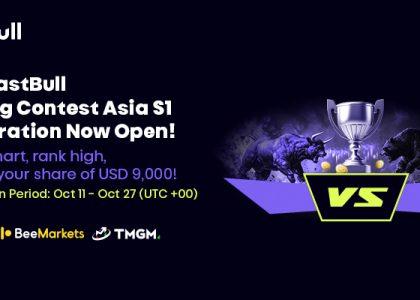- High volatility due to the Russia-Ukraine war implies lowering leverage.
- Widening trade ranges is necessary to prevent being whipsawed.
- Modifying parameters on oscillators is needed to adjust to extreme conditions.
- Trading with the trend has never been more relevant than now.
- Being aware of a potential reversal is also critical.
It is becoming very difficult to predict the market direction due to the Russia-Ukraine war. What strategy can I adopt during this period? This question from a user is relevant to many.
*Note: This content first appeared as an answer to a Premium user. Sign up and get unfettered access to our analysts and exclusive content.
Here are five tips and also three classic trades:
1) Lower leverage: As volatility is far above normal, it would be better to use lower leverage than normal when trading. If the market mood suddenly shifts, it could wipe out a stop-loss point within seconds only to eventually go in the right direction. Risking less of one's account is even more relevant for new traders – losing money is one thing, losing the lesson is even more painful.
2) Broadening the range: Another tip is to make trades with wider ranges – maintaining the same risk-reward ratio while widening stop-loss and take-profit points. Given the current increase in volatility, these trades will likely be realized faster than in normal times. As Vladimir Lenin said "There are decades where nothing happens, and there are weeks where decades happen" – everything is fast now, and it is essential to think big.
3) Oscillator adjustment: Thinking big also applies to determining oversold and overbought conditions. If one uses the Relative Strength Index on the 4h-chart, applying 14 candles and using the 30 and 70 bands to find out when an asset is overstretched, it is time to consider widening them to 20 and 80, and perhaps even zooming out to a higher timeframe. Extreme conditions can last longer than usual in a war.
4) Make the trend your friend: While moves are mad, it always makes sense to zoom out to broader charts and see the big picture. While forex trading is never a one-way street, going with the trend makes more sense than going against it.
What are the trends? The safe-haven dollar is in high demand, while the eurozone is more exposed than any other area to the war. Shorting EUR/USD is therefore a good trade. Yet again, beware of counter-trades.
The same goes for going long on gold. While the precious metal's status as a hedge against inflation is arguable, its appeal to traders is not in any doubt. If everybody is going long XAU/USD, there is room to surf some of that wave.
Another obvious trade is oil, as Russia produces some 10% of the world's "black gold." Even before the war and the buildup that preceded it, the world was recovering quickly from covid while the supply was not up to speed. The war only enhanced the trade. Swings in WTI are wild, but the trend is clear – to the upside.
5) Watching for a reversal: It is essential to note that the current trends can reverse if a broad ceasefire is agreed upon or if the war ends in another way, such as the retreat of Russian forces or the collapse of the Ukrainian government. That will eventually happen, but it seems impossible to bet on when here.




